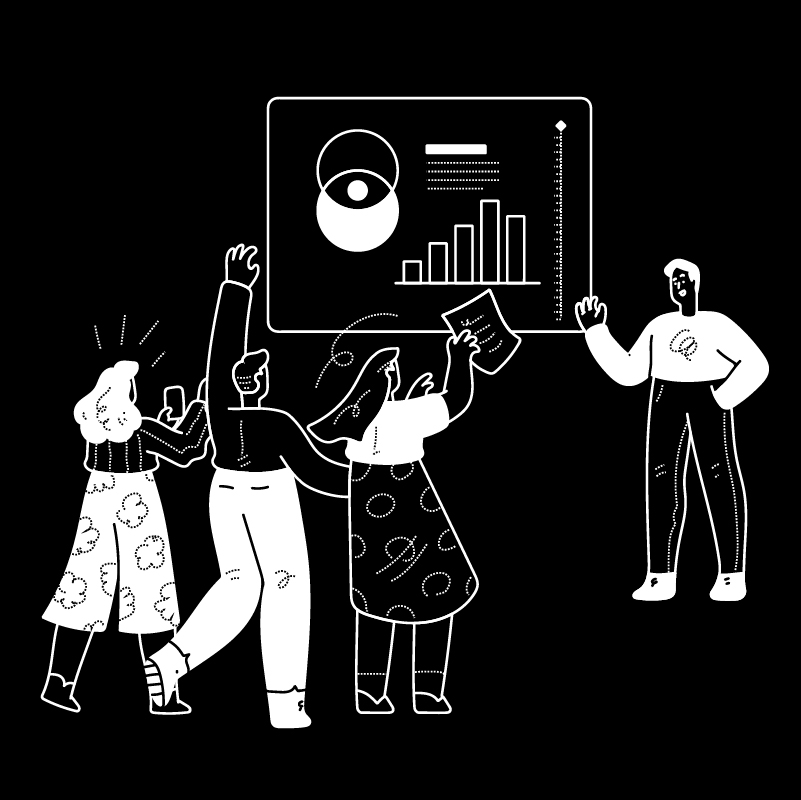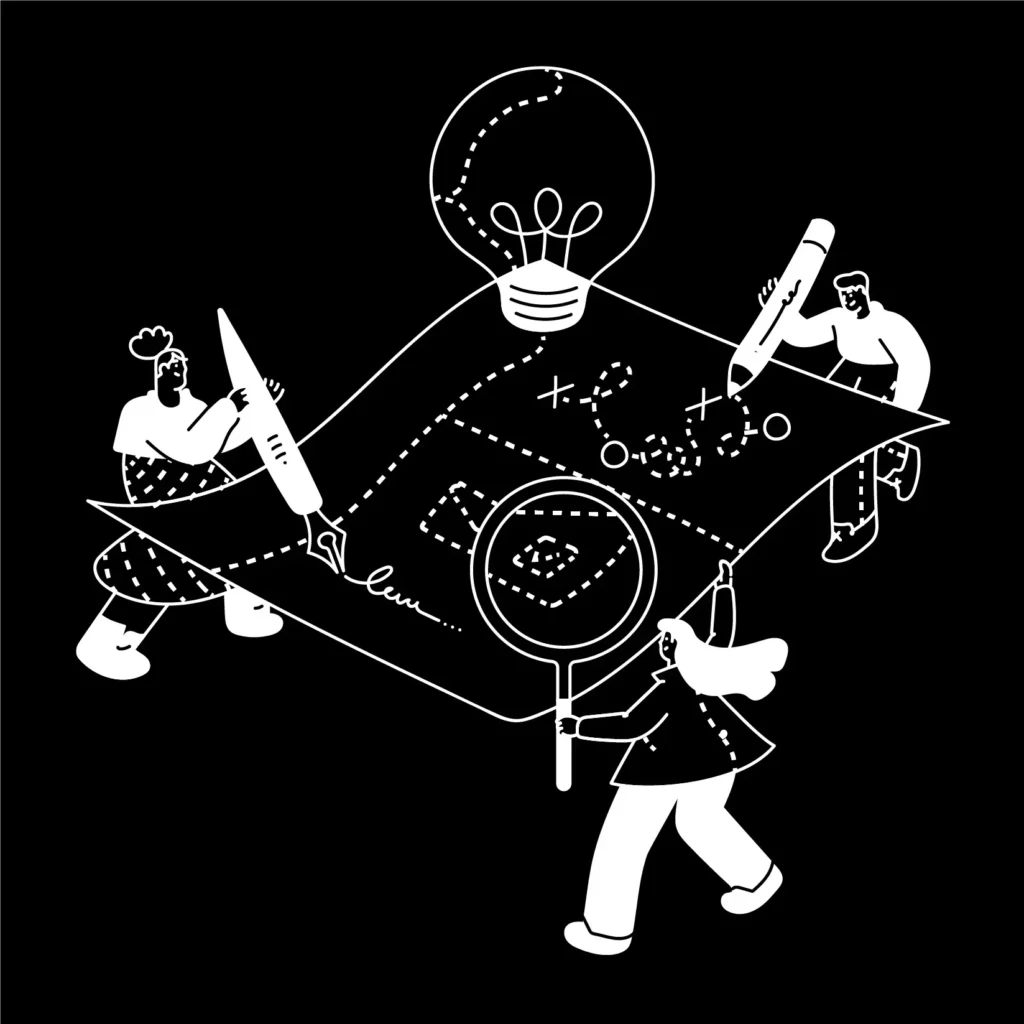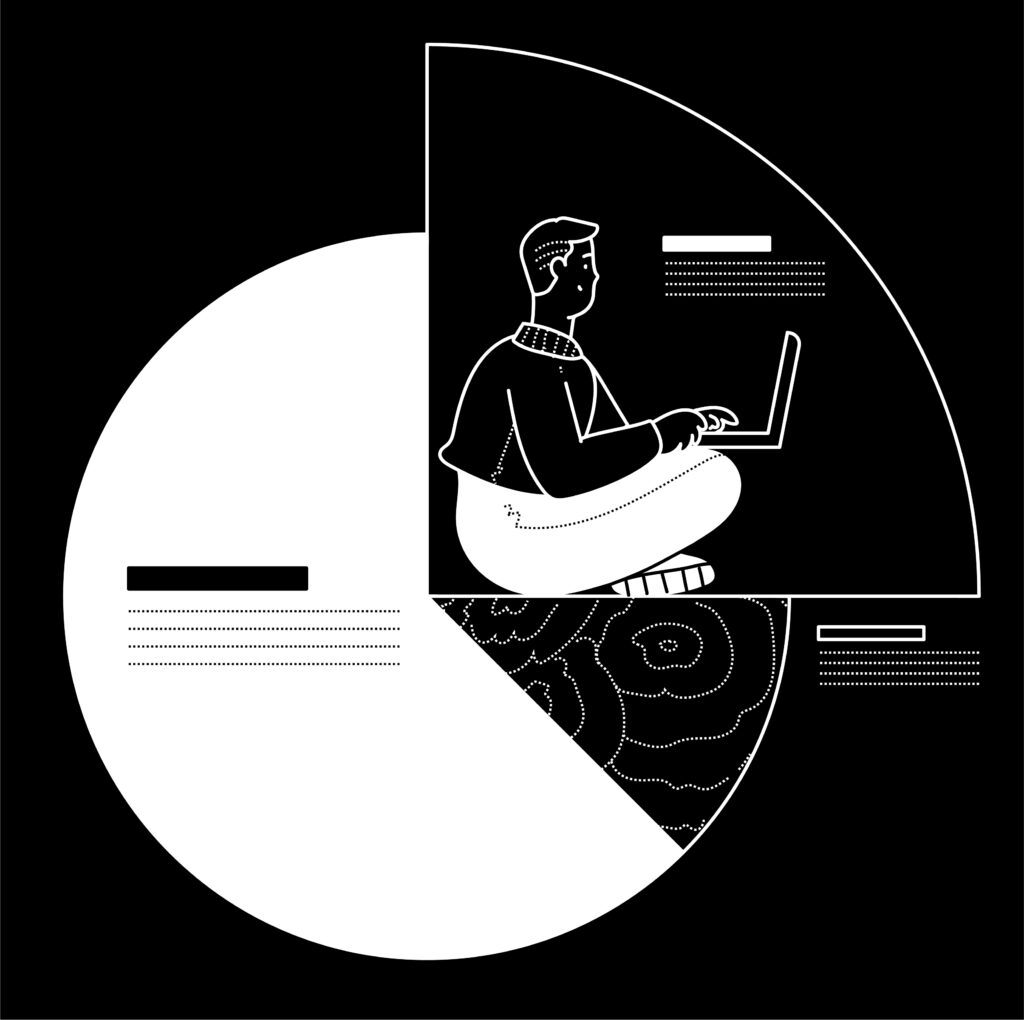In the rapidly evolving world of B2B SaaS, many scale-ups have come to understand the significance of User Experience (UX). It’s about aligning the software’s capabilities with the user’s needs and challenges. While this is undeniably crucial, there’s a broader perspective often overlooked. The concept of user-centricity, initially a designer’s tool, has gained traction, especially with the rise of “Design Thinking”. But how can we elevate this approach to encompass not just designers but also strategists, marketers, and business leaders? The answer lies not just in the software but in the overarching brand narrative.
A vision-driven brand serves as a foundation for business operations, marketing strategies, sales pitches, and decision-making. It’s about intertwining your software’s capabilities with the user’s journey and encapsulating it into a tangible brand experience.
Consider these three pivotal levels:
1. Software-centric:
The foundational layer. It’s about the features, functionalities, and benefits your software offers. Many tech-focused startups revel in this space, emphasizing the technical prowess of their solutions. While it’s essential to understand and communicate these benefits, this can become a pitfall. A classic example is the Nokia vs. Apple saga, where Nokia’s relentless focus on features made them lose sight of evolving user needs.
2. Customer-centric:
The intermediate layer, often navigated using user personas. It delves into the user’s needs, challenges, behaviors, and context. This level is about extracting value from the intersection of software capabilities and user requirements. It bifurcates into two dimensions: the broader customer persona your brand targets and the specific user who interacts with your software based on insights.
3. Vision-centric:
The pinnacle. It’s where your software’s capabilities and user insights converge to manifest a tangible brand ethos. Often termed as a company’s ‘why’, it transcends the software and the user. To crystallize this, answer:
Vision:
Envisioning a future where…
Mission:
Empowering businesses to…
Most B2B SaaS companies operate within these tiers, either in isolation or in tandem. The overarching goal is to forge a resilient brand by deeply understanding both the software’s potential and the user’s journey. By genuinely addressing user challenges and articulating your brand’s values and vision, you foster relationships, giving your brand a distinct identity.
How can this be applied?
Consider a hypothetical B2B SaaS company, “TechSolve”:
Software-centric: Our platform offers AI-driven analytics, seamless integrations, and real-time collaboration tools.
Harnessing cutting-edge technology to drive business efficiency.
User-centric: TechSolve’s primary users are data-driven decision-makers and tech enthusiasts. An insight might be:
Businesses crave actionable insights, but most analytics tools need a lot of processing to get there.
Vision-centric: Envisioning a world where data-driven decisions are accessible and intuitive for every business.
Mission: Empowering businesses to harness their data effortlessly and make informed decisions.
With a clear understanding of their identity and their users, B2B SaaS can craft both functionalities and narratives that resonate. This coherence translates into a consistent and unparalleled user experience, from the first marketing touchpoint to daily software interactions.




